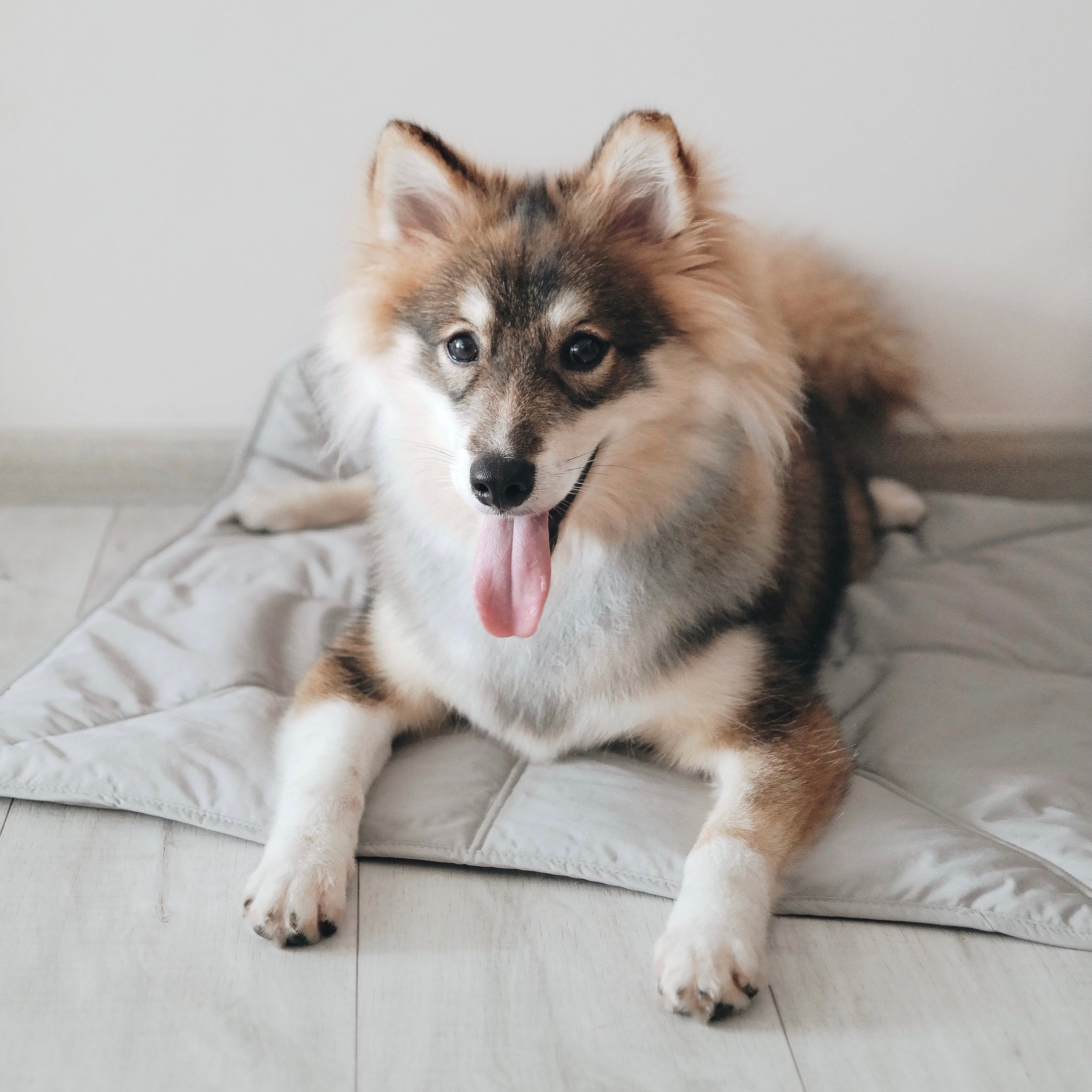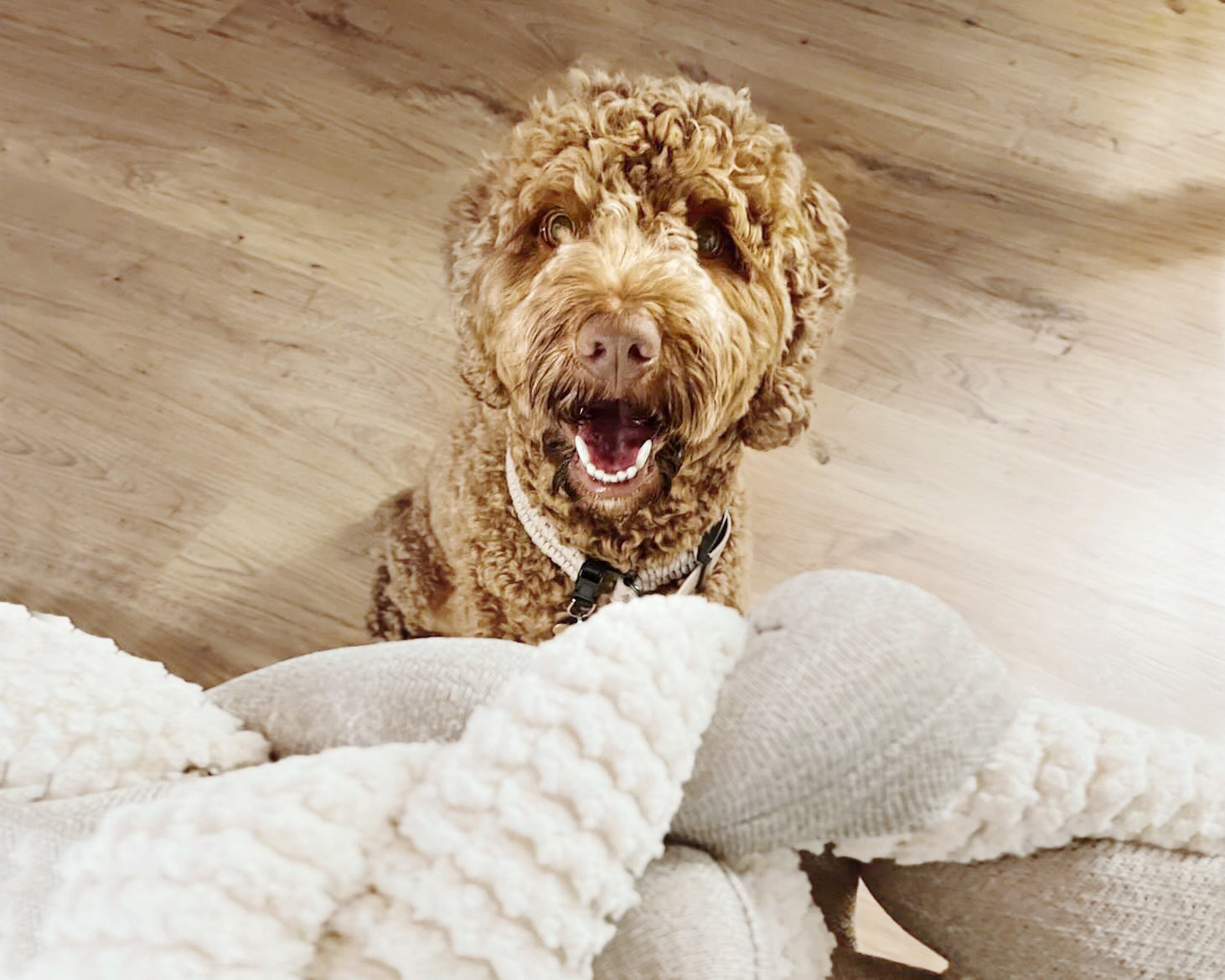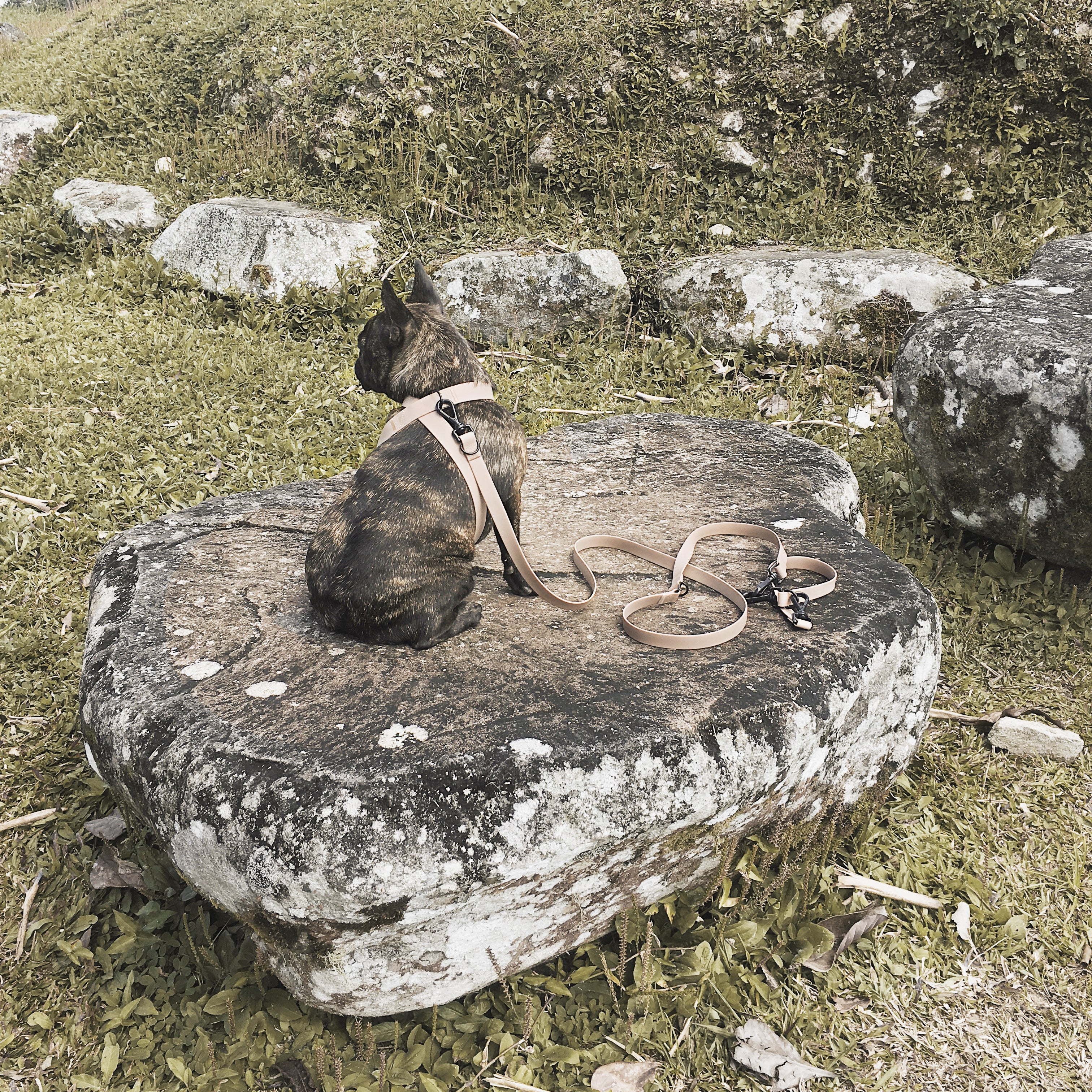
Place + Independence Training
Ever have your dog going overly excited when the doorbell rings? Or have them hovering around you in the kitchen dangerously while you prepare their dinner?
If you're saying yes to the above, then you’re in the right space as we discuss some of the benefits of place training and share some exercises which you can practice to build your dog’s confidence and trust.
CREATING A SAFE, ANXIETY FREE SPACE
Place training is a training cue and tool for your dog to go to a specific place, such as a dog bed, mat, or crate. This activity is great for independence training as your dog will learn to calm themselves down, and that spending time alone quietly doing their own thing can be enjoyable too. Eventually, one of the goals is also for them to identify the "place" as a safe spot. It helps to manage excitement and related behaviors, such as over excited greetings, barking, and jumping on guests.
As it is important to help guide your dog to love this space, providing chews or enrichment toys for them to enjoy on, is one way to create confidence. You can also set your dog up for success by selecting a place that is often associated with rest first (and where you will not be completely out of sight) when starting the practice. This will encourage your dog to feel comfortable staying on the place. If they look at it as a form of punishment, you will find yourself having a much harder time convincing them to stay.
Keep in mind that your end goal is to encourage your dog to trust the place and feel safe to stay. Do adjust your expectations according to your dog’s level and make it motivating for them. Practicing these activities can build trust and can be a bonding process between you and your dog.
BABY STEPS + A SIMPLE EXERCISE TO START WITH
• Standing only a few feet away from their place, cue and guide your dog on to the mat. One way is to encourage them over with their favorite treat.
• When they rest one paw on mat, you can reward them and slowly move up to both paws, three paws, and all four paws. Moving slow and steady will build up your dog’s confidence level.
• Upon achieving four paws on mat, encourage your dog to move into a ‘down’ position.
• As they get comfortable being ‘down’, start leaving them only by a foot for a few seconds with no distractions and gradually extend the time and distance.
• When you feel that your dog is ready, you can start adding distractions, such as, people walking by, or pressing of doorbell.
• Finally, remember to work only one exercise at a time and avoid rushing through.
TIPS
• To start off this activity, it would be best if your dog knows how to lie down on cue before you proceed. Spend some time practicing ‘down’ with them.
• Use a simple and unique cue to associate with the "place."
• At the initial stage, avoid using "no" even if your dog failed to follow in order to keep the whole process encouraging so that they will associate this exercise with positivity.
• If you want to be able to use this cue anywhere in the future, we encourage using a portable place such as, portable bed or mat, which you can easily move.
Some dogs will progress through these exercises quickly, but if you find your dog struggling, you might have gone too far or too fast. Try moving back and take it slow.
USING ORII FOR PLACE TRAINING
ORII is one of the options which you can consider to practice place training exercises with your dog. The ultralight design make it extremely portable and useful especially when you want to take the training outside.
As your dog will be spending much time on the mat with their treat, chews, or toys, it is important that the mat is showerproof and wipeable. This mat will come to you handy as you bring it along for your half day trip in the city, your dog’s short stay at a friend’s and as the “place” for training outdoor.
You can look through our range of sizes and options here.



